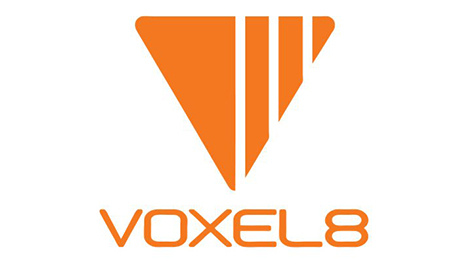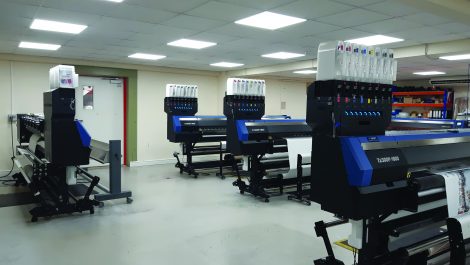In his latest blog, Epson UK’s pro graphics manager Tom Owers explores how to make the most of the opportunities available in direct-to-garment (DTG) printing.
An increased focus on sustainable practices, the move towards reshoring, and a review of the supply chain to deliver the right quantities at the right time. These trends, accelerated due to the impact of the pandemic on supply chains across different sectors, are redefining the industry and presenting fresh opportunities for DTG production. With just 6% of the world’s textiles digitally printed, there is huge potential for growth for operations that are prepared to rethink their processes.
DTG technology responds to these trends by:
Sustainability
Awareness of sustainability has seen considerable growth, particularly in the fashion industry. Consumers are increasingly demanding sustainable manufacturing practices. DTG printing provides significant reductions in water and electricity consumption in comparison to traditional screen printing. It also offers designers the flexibility to customise designs and produce exact quantities on site and on demand, with very little waste.
Employing and demonstrating a more robust approach to sustainability is becoming increasingly important to Epson and our customers. Epson’s digital textile printing technology and chemistry expands design possibilities while minimizing use of energy, water, materials, and time compared to conventional processes. At the same time our technology helps to reduce waste and transport impact by enabling production closer to the point of sale.
Epson’s inkjet technology for textiles contributes to Sustainable Development Goals (SDGs) 6, 7, 8, 9, 11,12 and 15. SDGs were adopted by United Nations Member States in 2015 to action to end poverty, protect the planet and ensure that all people enjoy peace and prosperity by 2030.
Reshoring
Fashion trends constantly change and there is an increasing demand for personalised goods.
As part of an increased focus on sustainable practices, many companies are making the move towards reshoring and local production to reduce transportation, and reviewing supply chains to deliver the right quantities at the right time.
Interest in this has been accelerated by the impact the pandemic has had on supply chains for businesses across different sectors. As a result, many companies are considering how reshoring can change their practices for the better.
On demand
By adapting to an on-demand business model customers have much greater control of production in terms of quality, turnaround times, cost and profitability.
There is a growing market for the printing of original and unique images and designs onto finished garments and the simplicity of the DTG print process makes it ideal to integrate into web 2 print platforms, essentially allowing anyone to start an online T shirt business.
Adapting to a business model where users print what they have sold eliminates the reliance on mass production, shipping and storage. With digital print, designers have the flexibility to customise designs and produce exact quantities on site and on demand. This results in very little waste going to landfill or being sent abroad for disposal.
While the SC-F2100 has long been the benchmark of reliable DTG printing from Epson, the recently launched SC-F3000 has been developed for higher volume users who will benefit from its increased productivity with a low total cost of ownership.





